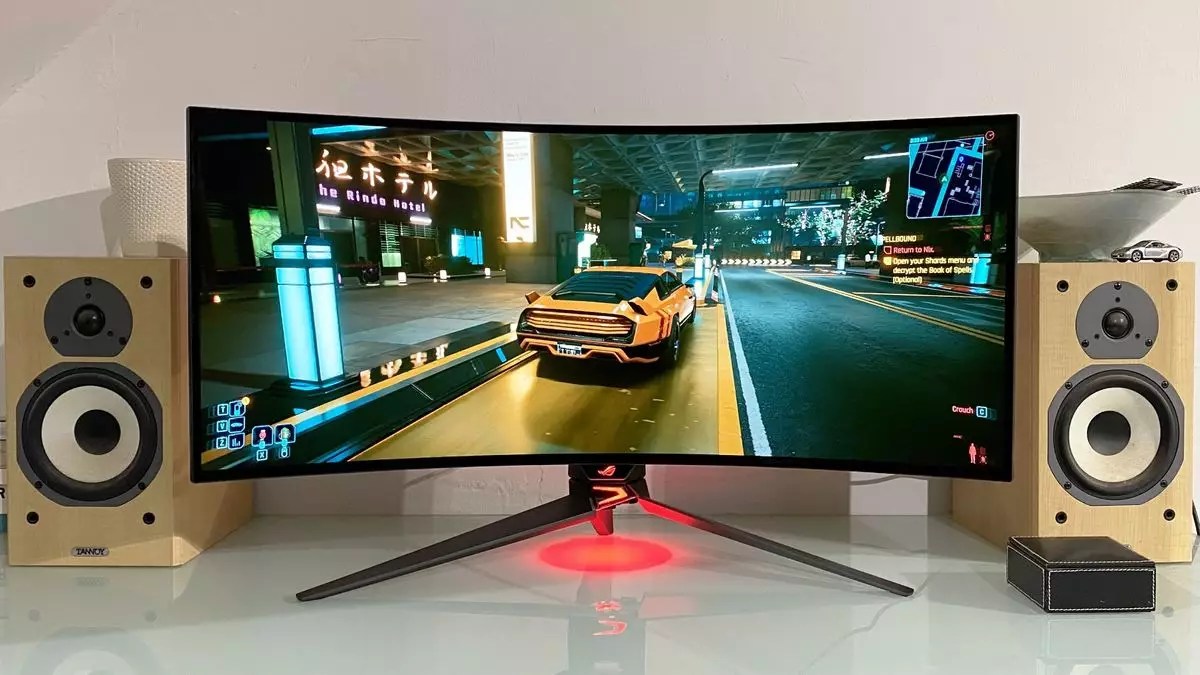LG’s recent decision to invest an additional billion dollars into OLED panel production facilities has stirred excitement among flat panel enthusiasts. The goal behind this move is to ramp up the production of OLED displays across various devices, including smartphones, TVs, and notably, PC monitors. According to reports from a LG representative cited by the Korean Times via What HiFi, this investment will result in a 20% increase in panel production this year compared to 2023. However, the full impact of this investment may take some time to materialize, as the benefits of increased production capacity or potential price drops are not immediate.
While LG’s $1 billion investment is significant, it pales in comparison to the investments made by other major players in the OLED technology space. Samsung, for instance, recently announced a $3.1 billion investment to convert an LCD panel factory into an OLED production facility. Furthermore, BOE revealed plans for an $8.8 billion investment in their own OLED factory, set to be operational within the next two to three years. These figures underscore the massive scale of investment required to establish and scale up OLED panel production facilities.
The collective increase in investment by companies like LG, Samsung, and BOE signals a positive trend towards enhancing OLED production capacity. As a result, we can expect to see a downward trend in the pricing of OLED panels in the coming years. This shift in pricing dynamics may have implications for various industries, including PC gaming monitor manufacturers.
Currently, OLED monitors command a premium price compared to OLED TVs, despite sharing similar production lines. The disparity in pricing between a 4K 42-inch OLED TV and a 27-inch 1440p OLED monitor raises questions about the underlying factors contributing to this discrepancy. While economies of scale play a role in determining pricing, they do not fully explain why OLED monitors remain costly relative to their TV counterparts. The components beyond the panel itself, such as electronics and chassis, also contribute to the overall cost of manufacturing.
Despite the high price point, OLED gaming monitors like the Asus ROG Swift OLED PG34WCDM have garnered praise for their performance and visual quality. However, the issue of pricing remains a significant barrier for widespread adoption, especially within the PC gaming community. As investment in OLED panel production continues to rise, the hope is that economies of scale and increased competition will drive prices down, making OLED monitors more accessible to a broader range of consumers.
LG’s substantial investment in OLED panel production is a positive sign for the future of display technology. By expanding production capacity and driving innovation, we can anticipate a shift towards more affordable OLED panels in the market. As the industry evolves, addressing pricing challenges in OLED monitors will be crucial for driving adoption and unlocking the full potential of this cutting-edge display technology.


Leave a Reply